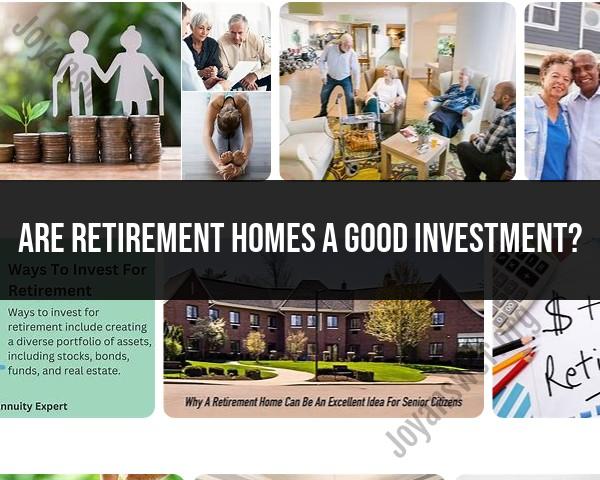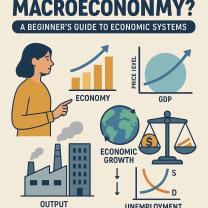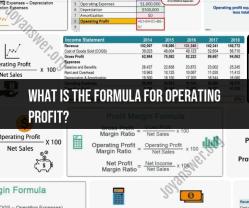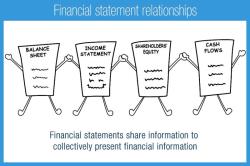Are retirement homes a good investment?
Assessing retirement homes as investments requires considering various factors, and the suitability of such an investment depends on individual goals, risk tolerance, and market conditions. Here are some key factors to consider:
Demographic Trends: The demand for retirement homes is often influenced by demographic trends, such as an aging population. If the area has a growing elderly population, there may be a higher demand for retirement homes.
Location: The location of the retirement home is crucial. Consider areas with a high concentration of retirees or in regions with desirable climates and amenities. Proximity to medical facilities and services is also important.
Real Estate Market: Evaluate the local real estate market to determine if it is stable or growing. A stable market can provide steady returns, while a growing market may offer potential for capital appreciation.
Regulatory Environment: Understand the regulatory environment governing retirement homes in the specific region. Regulations related to healthcare, zoning, and senior care services can impact the feasibility and profitability of the investment.
Operating Costs: Assess the operating costs associated with maintaining and running a retirement home. This includes staffing, maintenance, insurance, and compliance with healthcare regulations. Lower operating costs can contribute to better profitability.
Income Potential: Consider the income potential of the retirement home, including rental income from residents. Evaluate the pricing structure, occupancy rates, and any additional services offered to determine the overall revenue potential.
Market Demand: Analyze the current and future market demand for retirement homes. Understand the preferences and needs of the target demographic to ensure that the facility meets their expectations.
Competition: Evaluate the level of competition in the area. An oversaturated market may lead to lower occupancy rates and reduced profitability. Conversely, limited competition may create opportunities for higher rental rates.
Economic Conditions: Consider the overall economic conditions of the region. A strong and stable economy can positively impact the demand for retirement homes, while economic downturns may have the opposite effect.
Legal and Liability Issues: Be aware of potential legal and liability issues associated with operating a retirement home. Adequate insurance coverage and compliance with regulations are essential to mitigate risks.
It's advisable to consult with real estate professionals, financial advisors, and legal experts to thoroughly assess the investment potential of retirement homes. Additionally, conducting a comprehensive due diligence process and staying informed about market trends can help make informed investment decisions.
Assessing the viability of retirement homes as an investment
Investing in retirement homes can be a complex decision with both potential benefits and drawbacks. Here's an assessment of its viability:
Pros:
- Strong demographics: The aging population is a growing demographic, especially in developed countries. This creates a consistent demand for senior housing and care services.
- Recession-resistant: Senior housing is often considered a "needs-based" investment, as people require these services regardless of economic conditions. This can provide some stability compared to more volatile sectors.
- Potential for high returns: Well-managed retirement homes can generate reliable rental income and have the potential for capital appreciation over time.
- Diversification benefits: Investing in senior housing can add diversification to your portfolio, reducing your overall risk.
Cons:
- High initial investment: Developing or purchasing a retirement home requires a significant upfront cost, potentially making it inaccessible to smaller investors.
- Regulatory burden: There are strict regulations governing the operation of retirement homes, which can be complex and expensive to comply with.
- Competition: The market for senior housing is becoming increasingly competitive, requiring careful location selection and differentiation strategies.
- Long-term commitment: Investing in a retirement home is a long-term commitment, and it may be difficult to quickly sell the property if needed.
- Ethical considerations: There are ethical concerns about potentially profiting from the needs of vulnerable individuals. It's important to ensure high-quality care and services are provided.
Overall, the viability of retirement homes as an investment depends on several factors, including your financial resources, risk tolerance, investment goals, and local market conditions. Conducting thorough research, consulting with financial advisors, and understanding the regulatory landscape are crucial before making any decisions.
Here are some additional things to consider:
- Type of retirement home: Different types (independent living, assisted living, memory care) have varying risks and returns.
- Location: Location plays a crucial role in occupancy rates and property value.
- Operator experience: Choose an experienced and reputable operator with a proven track record.
- Financial projections: Carefully analyze financial projections and consider potential risks.
Investing in retirement homes can be a rewarding opportunity, but it requires careful planning and due diligence. Weigh the pros and cons carefully before making any decisions, and be sure to seek professional advice when needed.












